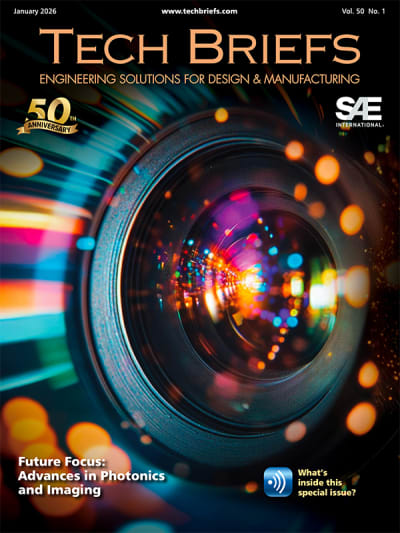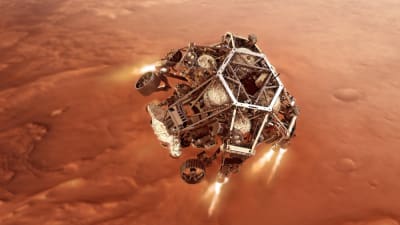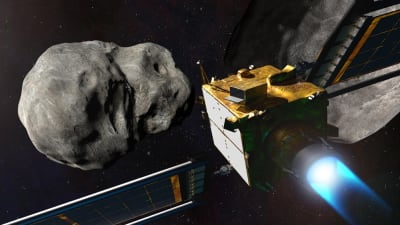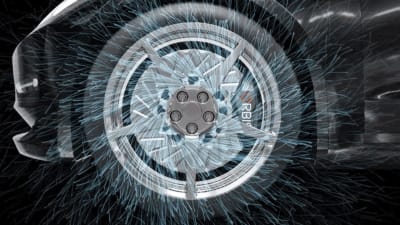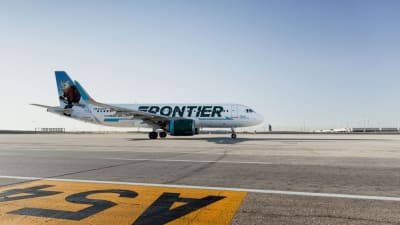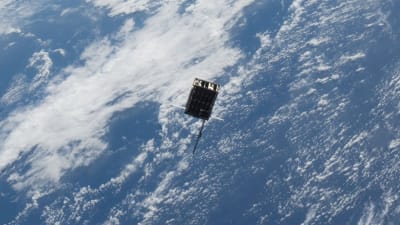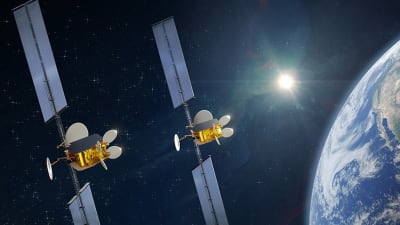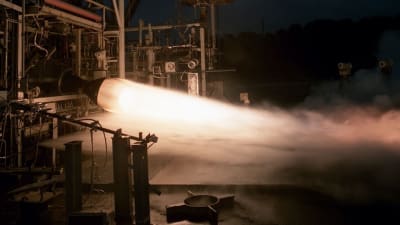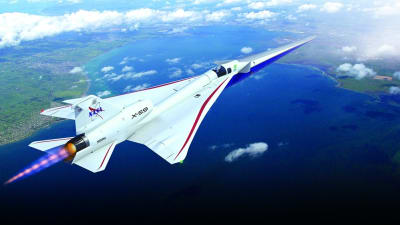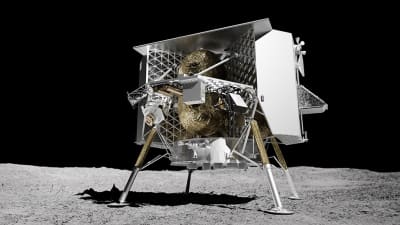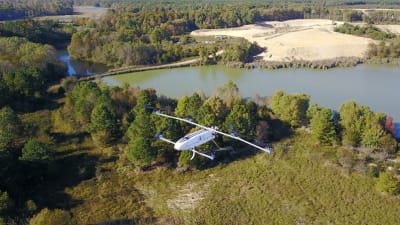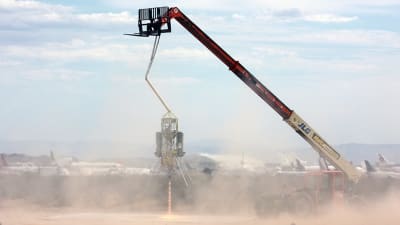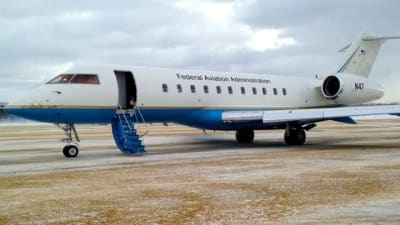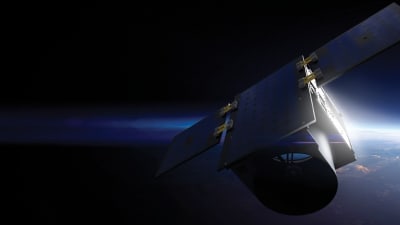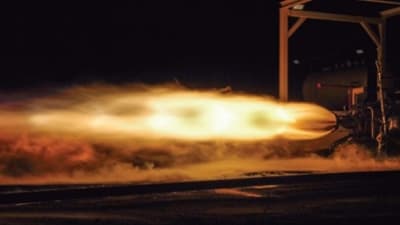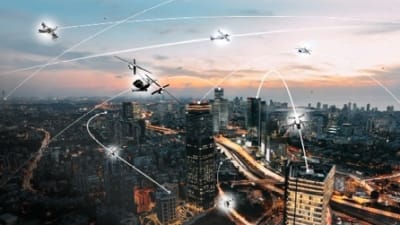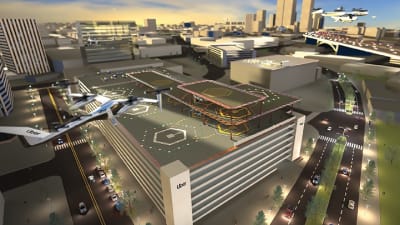NASA Spinoff
Transportation
Spinoff: Transportation
Bringing Hybrid Power to the Rescue
With Small Business Innovation Research funding from Glenn Research Center, Parallel Flight Technologies of La Selva Beach, California, was able to test its hybrid propulsion technology, enabling...
Spinoff: Transportation
Controlled Propulsion for Gentle Landings
The sky cranes landing rovers on Mars used a new pyrovalve to ensure propulsion fuel flowed at the right moment. Now commercial space companies are using the same hardware designed by Eaton...
Spinoff: Transportation
Cloud Software for Above the Clouds
Using software licensed from the Jet Propulsion Laboratory and experience gained from working there, Continuum Space Systems of Pasadena, California produces cloud-based mission planning tools for...
Spinoff: Transportation
Commercial Sales Flow from NASA Valves
Marotta Controls of Montville, New Jersey, developed various valves for companies that were funded by NASA’s Commercial Resupply Services and Commercial Crew programs, supported in part by...
Spinoff: Transportation
Launch, Return, Repeat
After attending a NASA Technology Transfer Program Startup Studio, Canopy Aerospace entered into a Space Act Agreement with the Ames Research Center to learn how to manufacture the thermal protection tiles...
Spinoff: Transportation
Artificial Eyes Give Pilots a New Worldview
Combining ultra-high-definition video streams from multiple cameras on the NASA’s X-59 Quiet SuperSonic Technology X-plane required new video cards to process the data. A contract with...
Spinoff: Transportation
From Shark Searches to Space Tours
Aurora Flight Sciences incorporates NASA expertise gained through multiple Armstrong Flight Research Center SBIR contracts to develop technology that enables remote piloting of conventional small...
Spinoff: Transportation
New Energy Source Powers Subsea Robots Indefinitely
A former NASA engineer licensed technology he had developed at the Jet Propulsion Laboratory to power sensors on the marine floats that calibrated NASA’s Aquarius satellite...
Spinoff: Transportation
NASA Gives the World a Brake
Thanks to exclusive patent licenses for a radical new disc brake design, Orbis Brakes Inc. of Santa Rosa, California, incorporates Marshall Space Flight Center structural materials expertise into a more...
Spinoff: Transportation
‘Digital Winglets’ for Real-Time Flight Paths
To improve aircraft efficiency and reduce emissions, Langley Research Center developed software that finds optimal routes for airplanes in flight. Through a NASA licensing agreement,...
Spinoff: Transportation
Additive Manufacturing Subtracts from Rocket Build Time
Through a series of Space Act Agreements, engineers at Marshall Space Flight Center have helped Relativity Space Inc. of Long Beach, California, 3D print its Aeon rocket...
Spinoff: Transportation
Redefining the 'Rugged' Video Camera
A video camera rugged enough to survive the first Space Launch System rocket launch and function in the extreme conditions of space is tough enough for harsh Earth environments. A license and...
Spinoff: Transportation
A Huge Development for Tiny Satellites
To fit tiny satellites into tinier spaces on launch vehicles, Goddard Space Flight Center developed a new equipment-deployment system that’s more reliable than previous solutions. Thermal...
Spinoff: Transportation
With NASA’s Help, the Moon Becomes a Commercial Destination
Several engineers who worked on the experimental Morpheus lander at Johnson Space Center have applied that technical knowledge to building a commercial lunar lander at...
Spinoff: Transportation
Private Lessons for Private Spaceflight
To enable their private astronauts to live and work in orbit, Axiom Space of Houston used NASA facilities and people with NASA experience to train their crews of private astronauts that travel...
Spinoff: Transportation
New Solar Array Design Saves Space
NASA plans to use solar electric propulsion to send astronauts to Mars, but the technology will require huge solar arrays that take up precious space in a rocket fairing. So a NASA team invented...
Spinoff: Transportation
Space Program Pumps Up Turbomachinery
When NASA was looking for a low-cost solution to launch into orbit, Barber-Nichols of Arvada, Colorado, was subcontracted to build the turbopump for the Fastrac rocket engine at Marshall Space...
Spinoff: Transportation
Flying (Not Quite) Blind
Commercial helicopters now use the video switcher developed by Van Nuys, California-based Eon Instrumentation Inc. to meet Langley Research Center specifications. It enables the X-59 supersonic test plane to...
Spinoff: Transportation
NASA Helps Private Lander Shoot for the Moon
Autonomous robots building the shelters and other structures astronauts need before they even land is an exciting idea, but is it practical? Testing such a venture on Earth won’t prove...
Spinoff: Transportation
Swinging the HAMR
From search-and-rescue operations to surveying farmland, remotely operated aircraft have become important to several industries. However, current multi-rotor designs have one drawback: endurance. Driving four or...
Spinoff: Transportation
Test Rockets Prepare for Distant Landings
Rocket-powered vehicle for testing lander navigation systems supports space companies
How can a spacecraft land itself on alien terrain? NASA needed a better answer than...
Spinoff: Transportation
NASA Helps Bring Airport Communications into the Digital Age
Some of the best entertainment at the airport is all the action outside the window. Loaded luggage carriers zip past on their way to planes. Fuel trucks come and go....
Spinoff: Transportation
Water-Powered Engines Offer Satellite Mobility
NASA Technology
NASA has been planning for a water-powered rocket engine since the Agency’s early years. After all, water is made of hydrogen and oxygen, which have been powering...
Spinoff: Transportation
Unique Sensors Will Improve Aerodynamic Design, Aircraft Performance
NASA Technology
Even after almost 150 years of wind tunnel testing, no commercial product had ever been able to directly measure the localized force that...
Spinoff: Transportation
Flash Lidar Enables Driverless Navigation
NASA Technology
A spacecraft hovers over the gray, cratered moonscape, scanning for its landing spot, and then, in a blaze of rocket fire that kicks up a massive cloud of dust, the...
Spinoff: Transportation
Plane-Launched Rocket Opens Up Space for Small Satellites
NASA Technology
More than ever, day-to-day life on Earth depends on the growing number of satellites in orbit used for communications, navigation, tracking, science,...
Spinoff: Transportation
Doppler Lidar Makes Self-Driving Cars Safer
NASA Technology
Lasers designed to help a lunar spacecraft land on a proverbial dime might help self-driving cars navigate rush hour traffic on this planet. The path from the Moon to...
Spinoff: Transportation
Pressure Vessels Improve Transportation of Liquid Fuels
NASA Technology
Few people will ever pass a rocket on the freeway, but anyone could soon see the “gas tank” of a liquid propulsion engine outside the passenger window....
Spinoff: Transportation
Virtual Airspace Hosts a Training Program for Air Traffic Managers
NASA Technology
The skies are on the brink of major change. The number of U.S. aircraft flying through the national airspace is likely to multiply many times...
Spinoff: Transportation
Weight-Estimating Software Helps Design Urban Air Taxis
NASA Technology
Picture an airplane. What you imagine is probably what most commercial airliners look like, a design that has been improved and tweaked—but not really...
